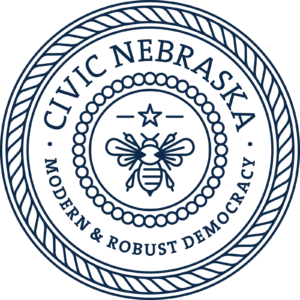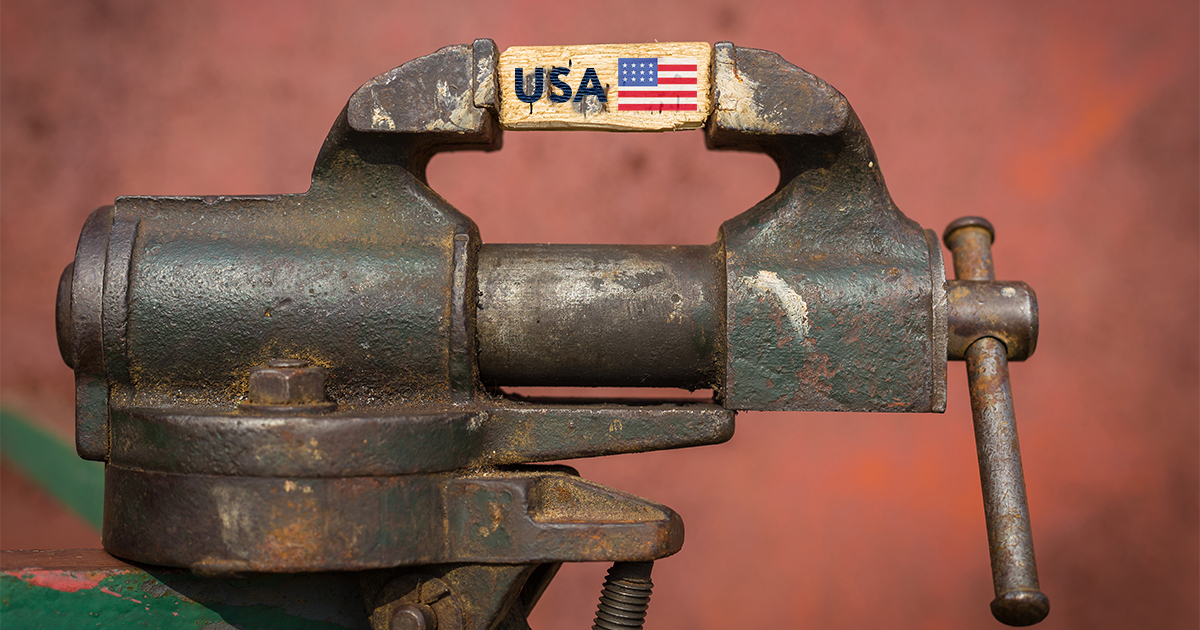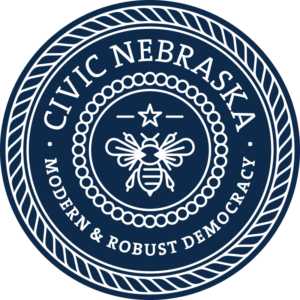This past week, when the White House dropped sweeping tariffs on about five dozen countries or trading blocs, the scramble began. Economists, market pundits, and business columnists dominated our screens, breathlessly trying to make sense of it all. What’s the strategy?, the experts and opinion-havers asked. Where’s the logic? How does this help the American economy?
Those are the wrong questions to ask.
In a general sense, the tariffs are economic policy. But their larger use is political – they’re designed to create hardship and then turn that hardship into political leverage. They’re intended to turn business leaders into petitioners, putting companies, industries, and even entire communities in a position where they must come to the White House and ask for relief (and, in exchange, show loyalty).
This tactic isn’t new. It’s pulled straight from an old, well-worn playbook by regimes throughout history. This would have sounded familiar to our nation’s Founders; for much of their lives, they lived under a British crown that famously used taxation as a tool of control. The message from the king to the American colonies was simple: Stop your push for self-governance, and maybe we’ll go easier on you.
That’s why, after eight bloody years of revolution that included the sacrifice of some 70,000 American patriots, the Framers of our Constitution gave the authority to tax and spend to Congress, not the president. That way, no single person could use the economic power of the state to coerce political loyalty.
But now, we’re seeing that very idea – one of America’s most fundamental ideas – being challenged. From Jan. 20 until this past week, the White House focused on targets that help hold U.S. democracy together, such as universities, legal professionals, civil servants, nonprofits, and local governments. Our shared, co-created democratic lives depend on the independence of those institutions, and others, to keep the consolidation of power in check. The damage and disruption in these sectors have been well-documented.
But now, everyone is in the crosshairs. The White House’s message – the quid quo pro version of “Join or Die” – is already rippling outward into communities across America. Small manufacturers, local farmers, and independent industries are all now vulnerable to the same pressure.
It’s difficult to watch. We can’t call ourselves a true democracy without a free economy, a fair legal system, academic freedom, local control, or a press that speaks truth to power. But there is good news: Because this is happening in a democratic republic, the people still have a voice. Already, some members of Congress, from both parties, are beginning to push back. And the more clearly we see the White House’s act for what it is, the more effectively we can resist it.
So, what does that mean?
Get organized. Not just in the abstract, but in real, grounded, strategic ways. Build resistance networks that span neighborhoods, towns, and regions. Plug into existing infrastructure (unions, civic groups, student organizations, and local nonprofits) and amplify their reach. Form mutual aid networks to support workers and families who will be hurt first and worst. Show up at City Council meetings, school board hearings, and chamber of commerce events – not with slogans, but with facts and resolve. Make it clear that this isn’t a partisan dispute or a simply policy disagreement. It’s a monumental test of American resolve, and a test whether democracy will be decided by the people or distorted by power.
All this will require strength, courage, and time. We’ve already seen how quickly some elected officials, institutions, and captains of industry have buckled to this pressure. We’ve already seen how corporate media spins this into another red-vs-blue debate, a simple policy disagreement. But we know better. We know that while we argue over economics, others are consolidating power.
We know that in moments such as these, it’s not about who’s in power; it’s about who is actually leading. As the saying goes, When the people lead, the leaders will follow.
This is one of those moments.



